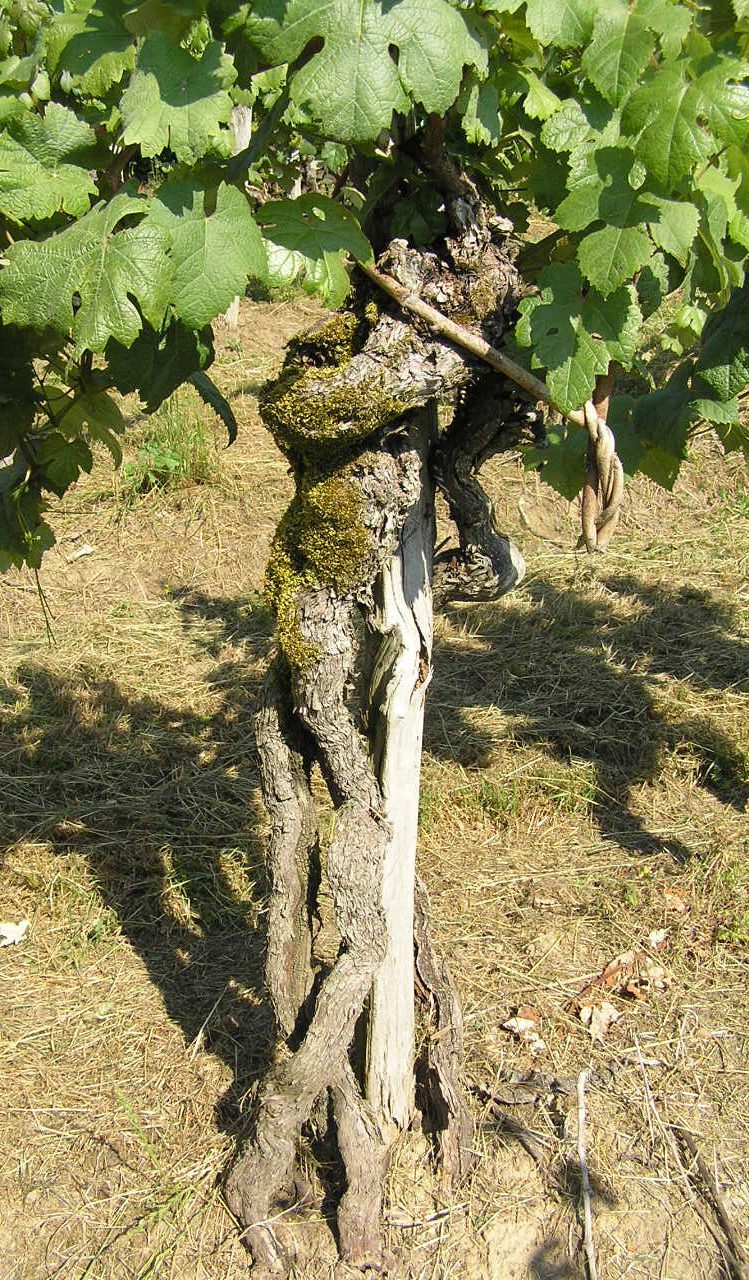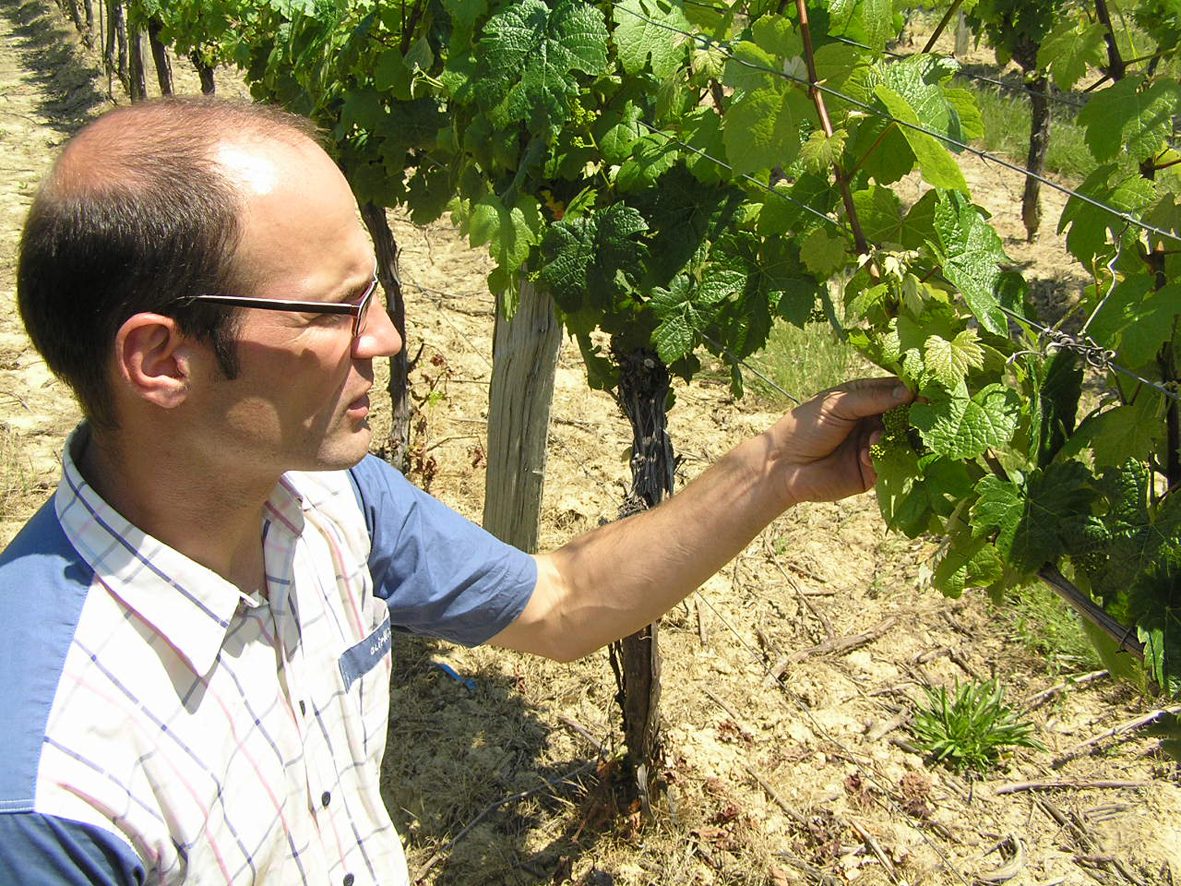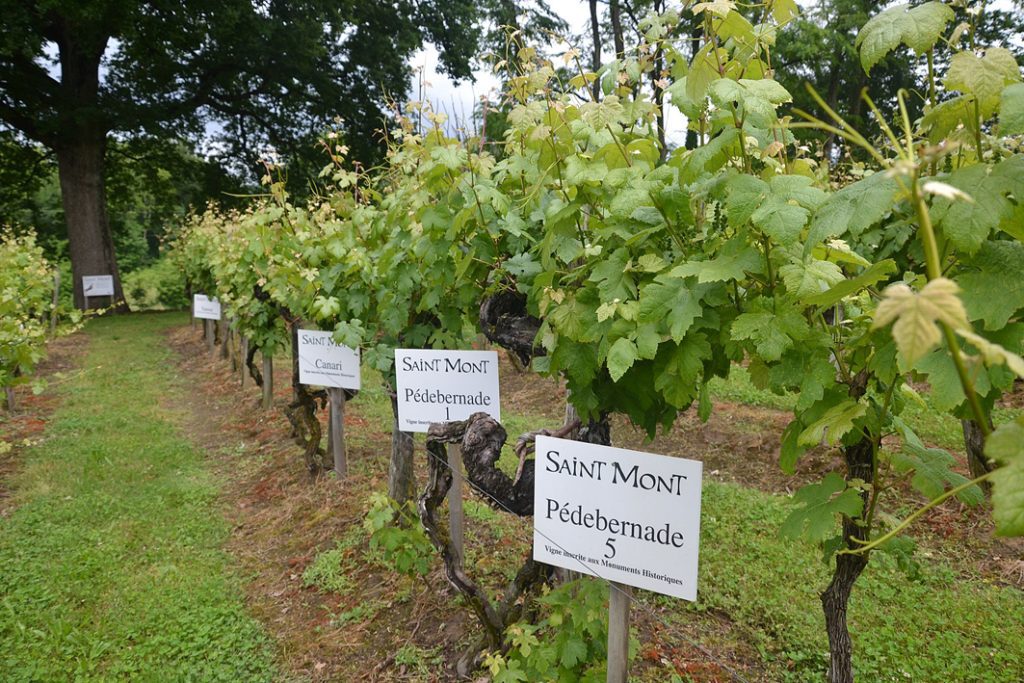Liz Sagues discovers once-abandoned grape varieties from south-west France and sees their new and growing importance in mitigating the climate crisis.
For too long, south-west France has been in the shadows when there’s discussion on indigenous grape varieties. But with ever-increasing recognition of the effects of the climate crisis, there is new focus on a region with a unique vine heritage. And there’s a message for those with an eye on the future: watch out for Tardif.
First, a little history. Wine is known to have been made at the monastery of Saint Mont in the 11th century, when the monks’ product most likely quenched the thirst of pilgrims en route for Compostela. Move on ten centuries, and past practice is revealed in extraordinary vine diversity. Fifty-six different varieties have been identified in the small appellation that now takes its name from the monastery, and the survival and potential modern importance of those previously unknown or unused is largely due to one remarkable individual.
Here, where the rolling hills of Gascony start to give way to the foothills of the Pyrénées, vigneron André Dubosc, and the young growers who shared his vision, began in the 1970s to impress a world market with a fresh, bargain-priced Vin de Pays. It included Colombard and Ugni Blanc, grapes more familiar in the signature local spirit, Armagnac. In 1979, Dubosc became the founding father of the innovative co-operative Plaimont Producteurs, and the work of revitalising the Saint Mont appellation and reviving the sweet wines of Pacherenc du Vic-Bihl continued. From the beginning, Dubosc, with ampelographer Jean-Paul Houbart alongside, was passionate in championing the region’s native Vitis vinifera vines. Those, in their oldest living examples, have been fruiting for well over 150 years.

I remember my first sight of the venerable Pédebernade plants, in 2010. Twisted and unusually tall, they’re a surprising contrast to sprawling ancient bush vines. Two years later, there was remarkable acknowledgement of their importance: they were classified by the French government as a historic monument – the first living things to join churches, castles and other constructed heritage in such recognition. The 12 rows of gnarled vines have been tended by eight generations of the same family, whose first plantings were some 200 years ago. They’re a mix of 21 varieties, a third unknown to present-day growers. Ungrafted, they are set in tight pairs, growing around tall wooden posts in deep sandy soil that spared them from phylloxera.
Their 21st century continuation is guaranteed, for healthy specimens of these – seven of which have been named after the family – and of further indigenous varieties from this and other local sites have been transferred to the Plaimont vine conservatory. Established in 2002, it is France’s first and largest private conservation nursery. Thirty-nine varieties are represented there – 20 black and 19 white or pink.
But they are far more than simply museum specimens. Those with most potential have a commercial future, as Plaimont is now demonstrating. Dubosc’s successor as head of the co-operative, whose 600-plus members farm 5,300 hectares of vines, is Olivier Bourdet-Pees, who is every bit as strong a champion of these native grapes. He points out that while south-west France represents only ten per cent of the French vineyard area, it has 50 per cent of the country’s vine diversity. “We are so lucky to have these grapes,” he told me on a recent visit to London, opening bottles which represent the beginning of what should build and build over the years ahead.

Wine communicators can too often be guilty of dismissing the role of co-operatives, considering many as no more than producers of basic, mass-market wines. That’s misguided, and particularly so in Plaimont’s case. Bourdet-Pees stresses that without the resources in time and money of a large grouping, and its willingness to invest beyond obvious profit-making activity, the Pédebernade grapes could be lost, as the family alone might not be able to ensure their survival. Now, the region can celebrate its history. “The growers are proud to be involved with this.”
Already, one of the rediscovered grapes is proving its modern viability. Manseng Noir, descended from Sauvignon Blanc via Cabernet Franc and other less-familiar antecedents and a lighter, lower-alcohol brother to Tannat, is used in Côtes de Gascogne IGP wines, both alone and in blends. More is being planted by the Plaimont growers and it is seen as an important asset for the region’s diversity.
Even brighter opportunities could lie ahead for Tardif, one of the varieties from the Pédebernade vineyard. In 2017, it was accepted into France’s official vine catalogue, and from this year’s vintage will be in Saint Mont appellation wines. There’s much work yet to do with it, Bourdet-Pees acknowledged. “We have to rediscover everything: the best rootstock, the best terroir.” The grape is late maturing, ripe in mid-October, and naturally low in alcohol – exactly the characteristics needed as wine growing regions become hotter and hotter.
The grapes in the glass
The London masterclass included examples of both Manseng Noir and Tardif. Le Manseng Noir 2022 (UK RRP £10.95) was aromatic with spice and red berries and quite light-bodied despite the depth of colour and fruit. At just under 12% ABV, it fits the rising demand for fresh, lighter-alcohol reds. A tank sample of an early-picked 2023, at 10.5%, showed encouraging potential. The pure Tardif 2023 had a peppery character with a touch of liquorice and a delightful purity and freshness. It is an experimental cuvée and is currently allowed to be labelled only as Vin de France, which prompted Bourdet-Pees to emphasise his determination to fight for full appellation status for the most valuable rediscovered grapes. If evolution was allowed only in the Vin de France category, it could spell the death of appellation wines whose rules didn’t adapt to change, he argued.
A star of the tasting was a wine that has no prospect of being allowed on the market any time soon. Né Sous XX 2023 is a separately vinified blend of the female varieties Pédebernade 5 and Dubosc 1, the latter the latest-ripening grape in the conservatory, picked in mid-December. With startlingly good fruit and freshness, it must surely provide ammunition for arguments against current rules on grape sex.
There is so much more of interest in Plaimont’s experimental work. Massal selection from a Pinenc found among the Peydebernade vines and study of a Sauvignon Blanc clone discovered in a plot of 100-year-old Petit Manseng are among projects running alongside the development of existing whites, dry and sweet, and the classic reds of the region, Saint Mont and Madiran.
The wines that result may for a while contribute only a tiny amount to Plaimont’s 53 million euro annual sales, more than half of which are made in 30 countries worldwide. But they could, in the longer term, be a crucial factor in assuring the future not only of the growers in south-west France but also of others elsewhere around the globe.

